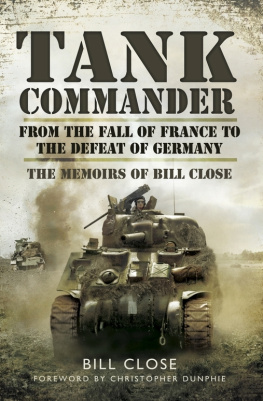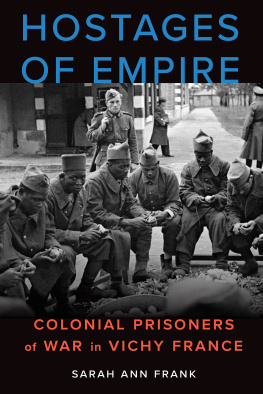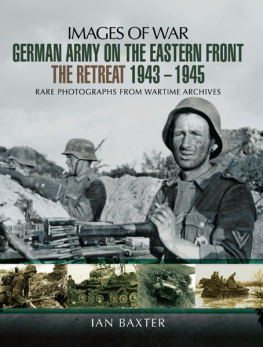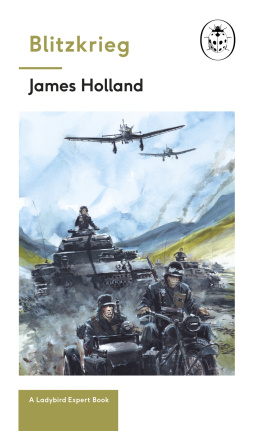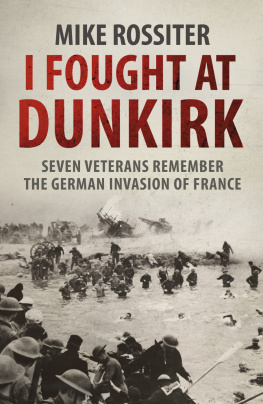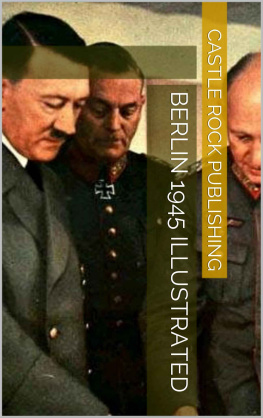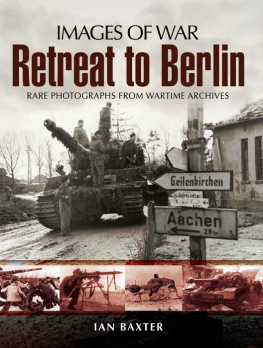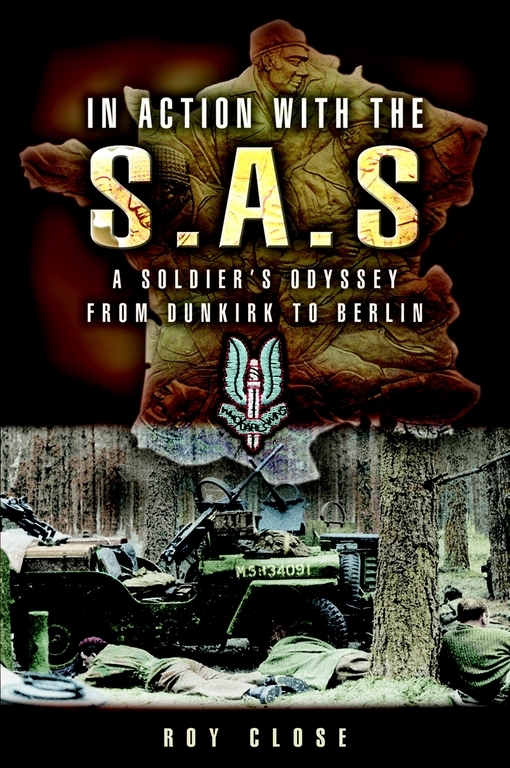Appendix 4
Lili Marlene
(SAS Version, composed by a member of L Detachment,
the original formation of the 1st SAS)
Out in the desert in 1941 L Detachment SAS was formed to
fight the Hun,
We used to hear a soft refrain,
A lilting strain each night again,
Of poor Lili Marlene, of poor Lili Marlene.
Then back to Cairo we would steer, and drink our beer with
neer a care,
And poor Lili Marlenes boyfriend will never see Marlene.
Check your ammunition, see your guns are right,
Wait until a convoy comes creeping through the night
Then you have some fun my son,
And blow the Hun to Kingdom come,
And poor Marlenes boyfriend will never see Marlene.
Then back to Cairo we would steer and drink our beer with
neer a care,
And poor Marlenes boyfriend will never see Marlene.
Driving into Fuka thirty planes ahead, belching ammunition
and filling them with lead,
A flamer for you a grave for Fritz,
Just like his planes hes shot to bits,
And poor Marlenes boyfriend will never see Marlene.
Then back to Cairo we would steer and drink our beer with
neer a care
And poor Marlenes boyfriend will never see Marlene.
Africa Korps has sunk into dust, gone are his Stukas, his
tanks have turned to rust,
No more will we hear that soft refrain,
I heard this strain each night again,
And poor Marlenes boyfriend will never see Marlene.
Epilogue
In September 2004 the author was one of a small group of SAS veterans who returned to the areas where they had operated in enemy-occupied central France in 1944 on a 60th Anniversary visit of Commemoration and Remembrance organized by the Regimental Association. They were accompanied by some of the next of kin of those who were killed on those operations. Together with local French authorities and villagers they held twenty-five cermonies of remembrance, travelling 2,000 miles, and laid wreaths and Regimental crosses on the graves and places of execution of former comrades in Brittany, the Morvan region and the Vosges. These were the places where fierce fighting had taken place between members of the SAS and their Maquis friends against the German occupation forces.
Most of the graves rest in village or town cemetries where they are carefully looked after by the local people, often by their children. In Saint Sauvant Forest where thirty-one SAS were captured, executed and buried in a mass grave only discovered after the war, the place where they were shot is kept clear, planted with flowers and looked after by the small daughter of a nearby villager. At Dun-les-Places, alongside officials from the town and veteran Masquisards who had fought in the area, the group laid a wreath at the memorial to more than twenty men taken from their homes in the town and shot as a reprisal for local resistance activity, and they paid their respects at the graves in the town cemetery. In a forest in the hills above the small town of Ouroux at the secret camp once occupied by an SAS Squadron, the group attended a touching ceremony at the graves of some members of the SAS and a Maquis group, and the crew of an RAF bomber shot down nearby, which, despite the distance from the town and the difficult location, are still kept scrupulously neat and tidy. And in the town itself the visiting veterans were warmly welcomed and entertained to lunch by veterans, and their families, of two Maquis formations with whom they had fought. Here they met old comrades and renewed friendships forged in the fight against occupying forces, lasting bonds epitomized by the often-repeated promise of the Maquisards, We will never ever forget what you did for us.
Further on they visited the graves of Maquisards executed near Bains-les-Bains and the graves of thirty-one SAS murdered by the Gestapo after they were captured near the town of Moussey in the Vosges mountains. Because of intense SAS activity in that area 220 men, the entire male population of the town, were deported to Germany from where only seventy returned after the war. In spite of this troubled background, here, as elsewhere, the townspeople welcomed the visiting group with warmth and affection. After the war the Commonwealth War Graves Commission wanted to rebury the remains of the SAS soldiers in an official cemetery, but the people of Moussey refused to let them go, insisting that they belonged with the community with whom they had fought, mirroring the feeling of all the communities where members of the Regiment had been killed.
Also in the Vosges mountains, at Natweiler-Struthof, the site of the only German concentration camp on French soil, a wreath was laid at the memorial to those who perished there, in honour to the memory of four women members of the SOE and a member of the SAS whose bodies after execution were fed to the ovens. The group visited Villequiers where the villagers had rescued the body of an SAS soldier killed there and buried him in one of the family vaults in the cemetery. They did this, in spite of the presence nearby of German patrols, by the whole village population surrounding the coffin as it was carried through the streets to the cemetery.
One of the highlights of this visit of Commemoration and Remembrance was a ceremony at Sennecy-le-Grand attended by both French and British Ministers and senior Military representatives, and by the Princess Royal and her husband. Wreaths were laid by British and French authorities, by the Princess Royal and by veterans from both countries at the memorial to the 551 officers and men of the SAS Brigade, comprising the British, French and Belgian Regiments, who were killed in the fight to liberate France.



